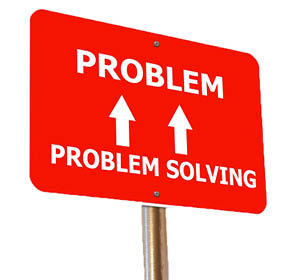
Problem solving is a key requirement of the new mathematics curriculum. The assessment objectives for the new mathematics GCSE states that a quarter of the marks at foundation level are awarded for students demonstrating their ability to solve problems, for the higher GCSE paper, the requirement is 30%.
But as we all know, problem solving in mathematics is not a new thing. The oft quoted paragraph 243 from “Mathematics Counts” otherwise known as the Cockcroft report, published in 1982 states
Mathematics teaching at all levels should include opportunities for:
- exposition by the teacher
- discussion between teacher and pupils and between pupils themselves
- appropriate practical work
- consolidation and practice of fundamental skills and routines
- problem solving, including the application of mathematics to everyday situations
- investigational work
A brief look at the resources in our archive here at the National STEM Learning Centre in York, produces a plethora of books about problem solving in mathematics, each of which is well over 20 years old.
So why is problem solving in mathematics still such a hot topic? I believe that in addition to marking, management, paperwork, as well as interacting with pupils, parents and others, many teachers struggle to find the time to ‘invent’ new problem solving ideas to incorporate in their lessons.
At the National STEM Learning Centre we are looking to the wealth of existing materials to help teachers integrate problem solving into their lessons as easily, efficiently and as successfully as possible. To do this we have been taking well known, quality assured resources from yesteryear, such as MEP and SMILE, and considering how they can be used to meets the needs of today’s curriculum.
You can browse through the resources in our on-line collection, view this Problem Solving resource package containing links to useful resource collections, or join us here in York when we will explore how our freely available teaching resources can used to help fulfil the problem solving aims of the new mathematics curriculum.

